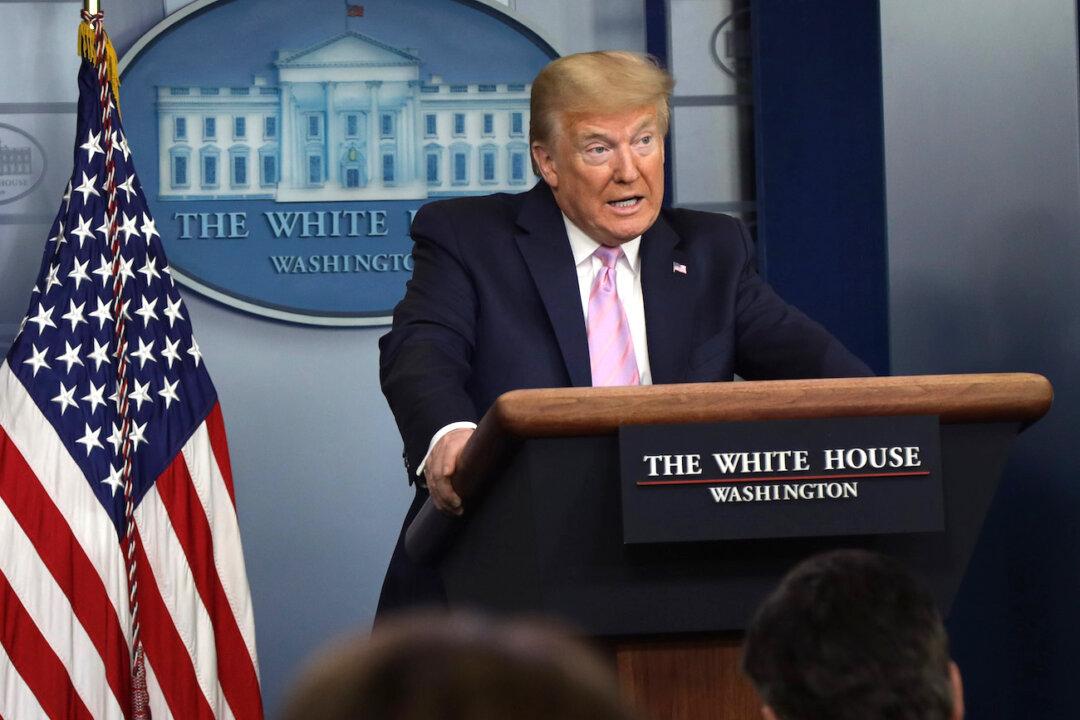President Donald Trump on Friday said he will soon announce a new task force dedicated to opening up the United States for business, as he describes the decision as to how to reopen the country “the biggest decision” he would ever make.
Trump said he calls it the “Opening Our Country” task force or council so as not to confuse the group with the White House Coronavirus Task Force, which is chaired by Vice President Mike Pence.




